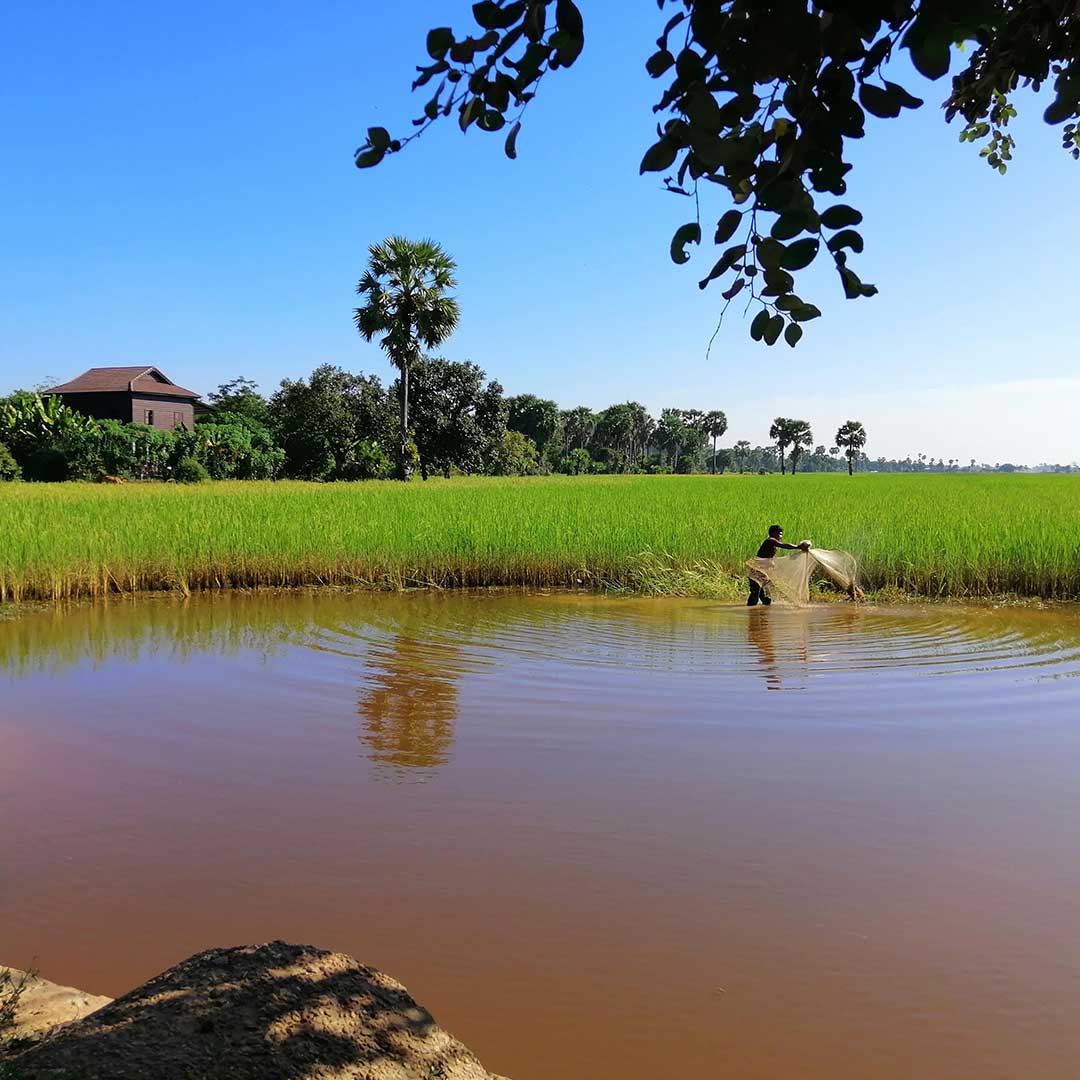Groundwater Resources in Cambodia
The state of benefit programs with Cambodia’s countryside water wells
Science specifies that a human can endure three weeks without food, but where water is concerned, most people cannot take 3-4 days without it. Dehydration sets in, and even if the individual remains to take a breath, they will go into shock as well as become vegetative. Straightforwardly, water is the main need. Without it, a living being merely cannot make it through.
Polluted water isn’t merely unclean, yet it’s deadly. The United Nations thinks about universal access to clean water, a standard human right, and a vital step towards enhancing living criteria worldwide.
Water-poor communities are usually financially inadequate as well; their locals entrapped in a recurring cycle of poverty.
When sick children miss their schools, education suffers. Economic chances are regularly lost to the influences of widespread ailment and the lengthy procedures of getting water where it is not conveniently available. Children and also females bear the brunt of these problems.

Constructing Water Wells for Cambodian Villages
When poor Cambodians have no safe drinking water, they need to buy it or invest valuable work time strolling to get it. For a typical family, the cost is up to $30 per month, the average monthly wage of one Cambodian adult. This expense has a serious influence on communities where 85% of families cannot manage more than two days’ supply of rice each time.
GetFutura has thus far plan to construct wells that offering the demand of villagers of drought-prone vulnerable regions of rural Cambodia as well as supplied education and learning to recipient communities relating to water sanitation and hygiene.
A water well is drilled deep in the ground close to a village house, to ensure that neighboring households can draw up fresh groundwater with a hand pump. The well water is cleaner than water from the still-water reserves that dot the countryside, making it safe for usage in farming as well as bathing.
However, it is not suitable for drinking as well as cooking until it has been further treated. The water from the wells is still extremely high in iron and can yet occasionally have some bacteria.
We have found out that a positive impact on present wells reduces the economic problem of families that have been facing a lack of water use. It even reduces the incidence of the contagious disease in addition to permitting citizens to expand veggies during the arid, drought-prone period, which can last from 8 to 10 months per year.
The accessibility of fresh vegetables helps reduce the extensive lack of nutrition and also hunger.

Water Quality Standard in Cambodia
Cambodia has the region’s lowest level of rural sanitation facilities. Viable access to water presents a concern, with high rates of inoperable water installations. Further aggravated rural access to both water and sanitation. About 3.9 million of those Cambodia’s access to unclean drinking water is poor and lives in the countryside.
Sixty percent of Cambodians in rural areas live without clean water. This is resulting in limited access to clean water. Families have generally relied on collecting dirty water from the nearby filth-covered retaining ponds or collecting water from remote rivers in their plastic containers.
Women and kids are considered to encounter the most while traveling long distances to carry water and affect their employment, revenue source, health, and well-being.
Right now, there is a fundamental concern since the water quality in Cambodia is at threat. Industrial zones have a significant expansion and the launch of increasing quantities of untreated industrial waste. High iron levels are encountered in about ten percent of tube wells.
Water Treatment in Cambodia
There is such a scarce source pertaining to water treatment in Cambodia; however, we have located some critical data that might allow you to stick a better comprehension with the present circumstance as well as water source administration in Cambodia.
The Ministry of Water Resources and Meteorology (MOWRAM) was established in 1993 to create and regulate Cambodia’s water sources and look after watering advancement and flooding control. MOWRAM is additionally in charge of aquatic and freshwater sources management while the Ministry of Rural Development (MRD) is in charge of the rural supply of water sanitation.
The lasting and effective process of irrigation growth and the monitoring of water sources stay obstacles for some stakeholders, including farmers, federal government companies, the economic sector, and a variety of development organizations.
The Mekong River, especially the Lower Mekong Basin (LMB), has been determined as a region that is highly at risk to the influences of environment modification. Environmental change will affect the water cycle, bringing change in the hydrology of major rivers and tributaries and groundwater recharge.
Catastrophes in the form of flooding or drought considerably impact the nation’s people and economy.
For example, in March 2016, the Mekong River was 30-50% less than its average level for that time of year. In May 2016, the National Committee for Disaster Management said that 2.5 million individuals in Cambodia were directly affected by drought.
An investigation into developing an arsenic technique has been carried out by the Ministry of Rural Development (MRD) and also the Institute of Technology of Cambodia to stop health issues from the consumption of arsenic-contaminated water.
Groundwater high-quality mapping is in the process along with the needed requirements of the World Health Organization, with a joint-program among the essential stakeholders, MoWRM, MRD as well as the World Bank.
Despite the support of the government and international partners, the situation of water shortages in remote areas remains a matter of concern.
And that is what we are eager to involve in resolving the issue.

Donating Water Wells in Cambodia
Groundwater is primarily utilized in rural Cambodia. It is usually much less contaminated than surface area water. It also provides an essential source when surface area water runs short. It is identified that the majority of untreated surface area water in Cambodia is possibly infected.
The majority of the complete drinking water comes from groundwater during the dry period. There are two approaches for its extraction: dug wells (3-15 meters) and tube wells (15-35 meters).
The cost remains high for communities. While a 30-meter well can cost $500 to dig, a 100-meter well can price up to thousands of dollars. There are presently around 270,000 tube wells in Cambodia, most of them run by a hand pump.
GetFutura project is concentrated on increasing funds for water wells. These wells, nonetheless, are simply one part of the remedy when it concerns getting clean as well as safe water to Cambodian villages.
Once again, we are trying to provide water wells, hand pump wells, and shallow tube ring wells for rural recipients. We also conducted beneficiary sensitization training on water safety, advantages of risk-free water, and personal/environmental hygiene as well as the upkeep of wells.
We are looking for a far better way to supply wells to citizens for free. In this case, we aim to generate even more wells within the exact same amount of money.
We see that every little thing gets better when clean water becomes available. Sickness, as well as disease, is considerably reduced.
Water appears for expanding veggie gardens or for fishponds, resolving hunger, and also malnutrition. Children that previously needed to work many hours every day transporting water can go back to school on a regular basis.
There is an alternate option for villagers besides building wells, bio-sand filters. The filters supply clean water even if the water source is a river or shallow well.
A water filter is a point-of-use filtering tool that gets rid of dangerous materials from groundwater. It is risk-free to eat when the water has passed through the filter.
Bio-sand water filters decrease viral contamination, microbial contamination, and protozoan parasites. It is a great way to relieve villagers suffering from illness, death, work loss, and the pain of losing beloved ones due to drinking unclean water.
The wells, as well as bio-sand filters, will supply not only fresh, clean drinking water, but also watering of vegetable yards throughout the dry season.
We strongly believe that the village’s lifestyle is forever transformed into a better condition through this project.

Conclusion
The absence of clean drinking water is one of the essential concerns encountering Cambodians living in rural villages. Many resources of water supply for their drinking, washing, and food preparation water is delivered from standing water, streams, or canals.
The water is typically contaminated with bacteria and pollutants. Also, it can bring about ongoing illness or, in extreme cases, death.
Consistent health issues offer a severe impact on the lives of people. It hinders adults from working and youngsters from going to school. For those currently in a poverty condition, it even raises even more troubles.
When funding enables, GetFutura builds wells to enhance the health and well-being of those staying in village communities. Our wells are made from PVC piping with a concrete base at the surface. These wells have few moving parts, and only a cheap washer must be changed periodically, making them economical to operate and keep.












